Description
Nutrition spans a wide range of mechanisms from acquisition of food to digestion, absorption and retention of energy substrates, water and other nutrients. Nutritional principles have been applied to improving individual health, athletic performance and longevity of humans and of their companion animals, and to maximizing agricultural efficiency by manipulating reproduction or growth of tissues such as muscle, hair or milk in livestock. Comparative nutrition borrows from these tra- tional approaches by applying similar techniques to studies of ecology and physiology of wildlife. Comparative approaches to nutrition integrate several levels of organization because the acquisition and flow of energy and nutrients connect individuals to populations, populations to communities, and communities to ecosystems. Integrative Wildlife Nutrition connects behavioral, morphological and biochemical traits of animals to the life history of species and thus the dynamics of populations. An integrated approach to nutrition provides a practical framework for understanding the interactions between food resources and wildlife populations and for managing the harvest of abundant species and the conservation of threatened populations. This ebook is for students and professionals in animal physiology and ecology, conservation biology and wildlife management. 360 p.

- Perry S. Barboza. Department of Biology and Wildlife, Institute of Arctic Biology. University of Alaska, Fairbanks, Alaska (USA).
- Katherine L. Parker. Natural Resources and Environmental Studies, University of Northern British Columbia, Prince George, British Columbia (Canada).
- Ian D. Hume. School of Biological Sciences A08, University of Sydney, New South Wales (Australia).
- Publication date (reprint original edition 2008 to digital version): 2019-12 – Springer.
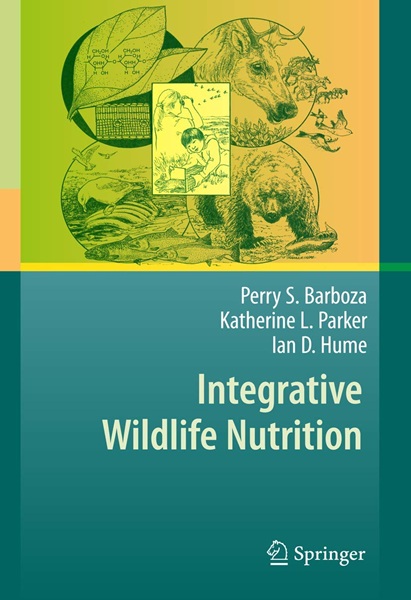

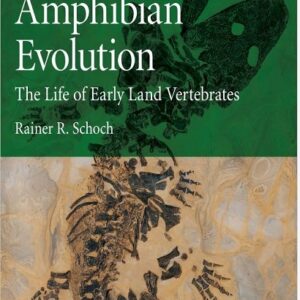
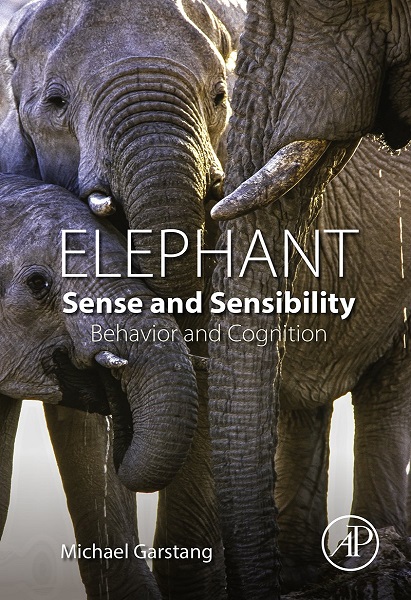
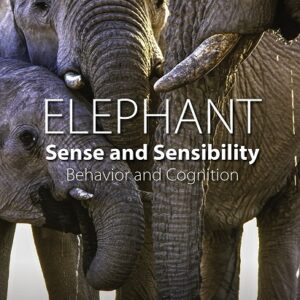
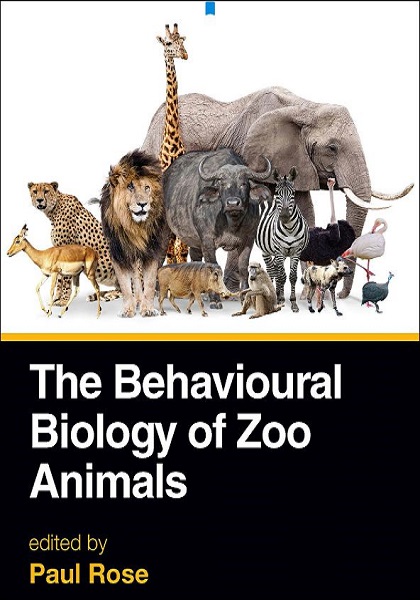
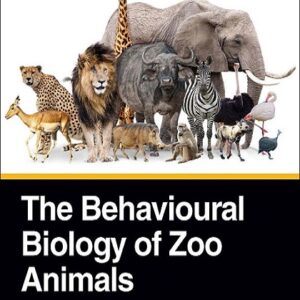
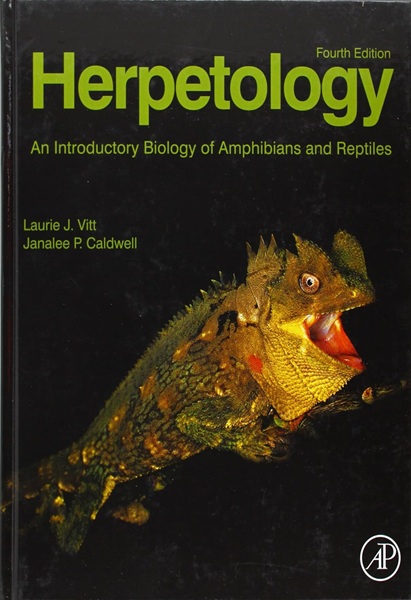

You must be logged in to submit a review.